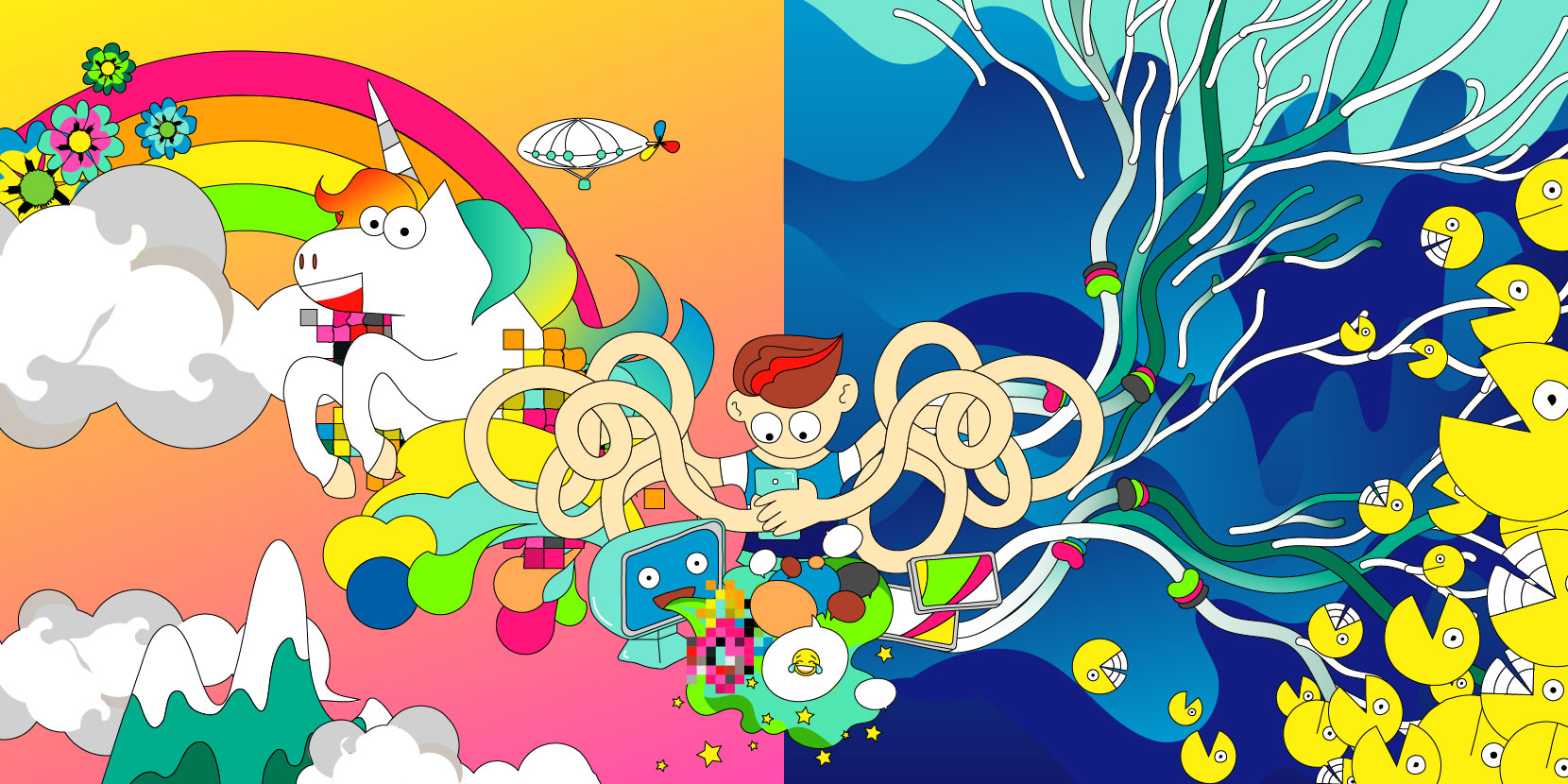In our series of posts on regulating “Over-The-Top” services and apps like WhatsApp and Skype, we aim to help lawmakers who are considering new regulations for these services understand the implications for human rights, innovation, and development. In our first post, we introduced the issues at stake, and in our second, we examined how OTT services differ from traditional telecommunication services. These differences matter, since applying the same rules to each could chill free expression, harm privacy, and damage the capacity of the internet as an engine for innovation and economic growth.
Now, to further clarify the differences between OTT and telecom services, and to crystallize the reasons why lawmakers should be wary of applying telecom-style rules to OTT services, we have created an infographic, which you can view and share online. We list key issues that regulators should consider, such as the differing barriers to entry in the market for each type of service.

Click here to view and share the image.
When we regulate any new technology or service, we should have a strong public-interest reason for doing so. Applying the same rules to OTT services that we do to telecommunications networks — especially if we do so blindly, without considering the impact on human rights or innovation — ignores this principle. We hope this infographic can help illuminate the right path forward.
